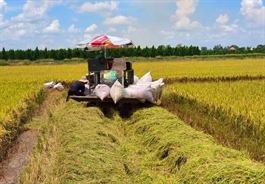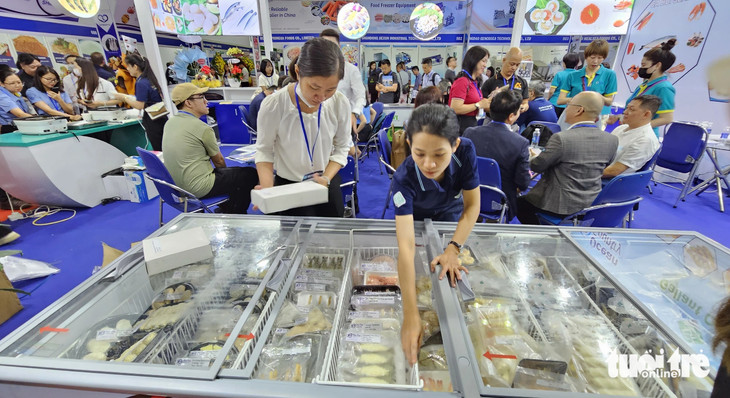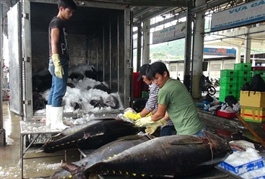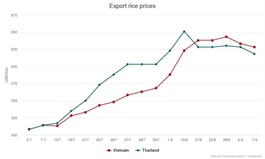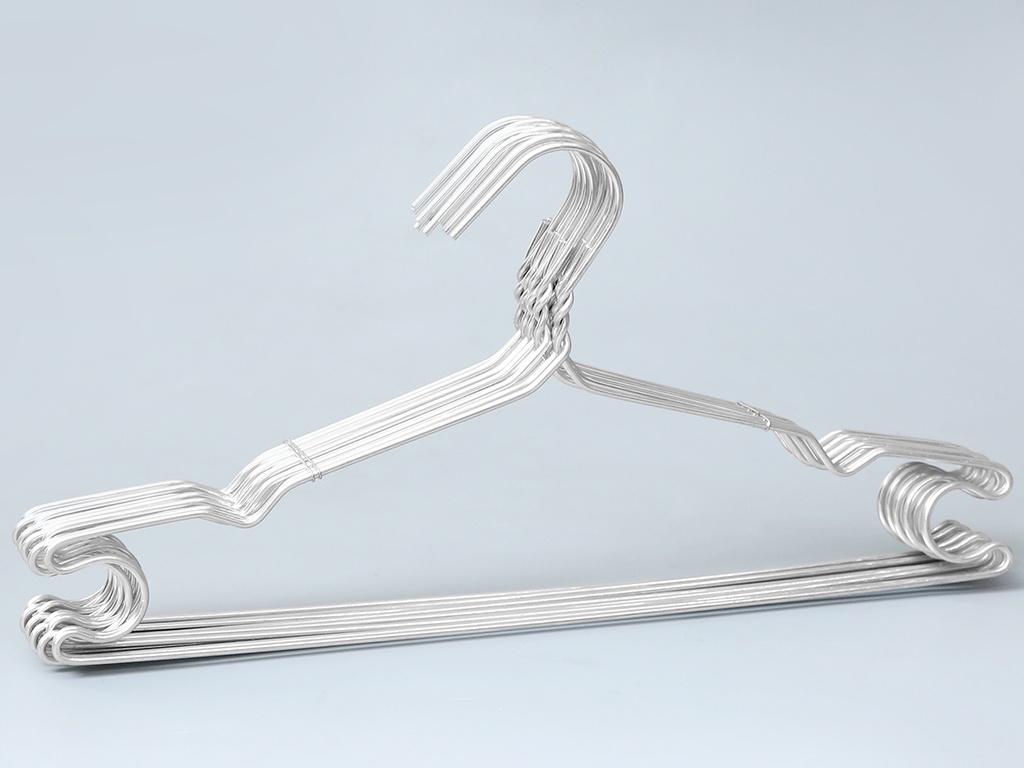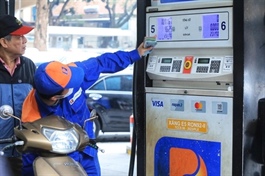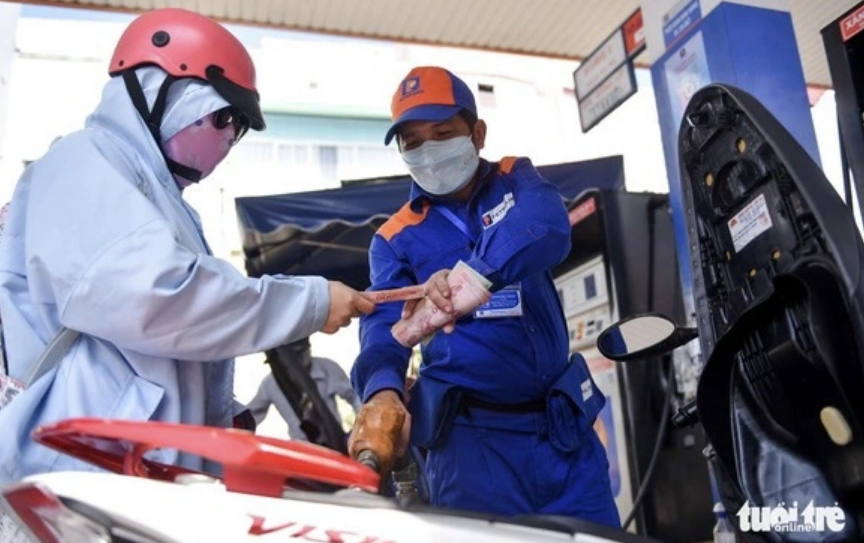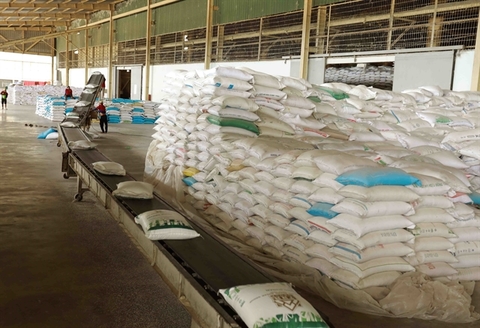VN steel industry to reduce carbon emissions, aiming for neutrality by 2050
VN steel industry to reduce carbon emissions, aiming for neutrality by 2050
Innovation is to play a key part in Việt Nam steel industry's objective to cut down its carbon footprint, according to Nghiêm Xuân Đa, Chairman of the Vietnam Steel Association (VSA) and CEO of Vietnam Steel Company (VNSteel) during a seminar exhibition on green development organised by the association in Hà Nội on Wednesday.
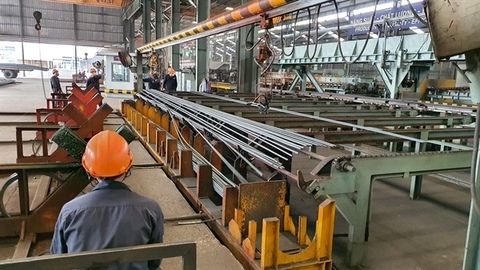
Workers at a steel factory in the northern province of Vĩnh Phúc. — VNA/VNS Photo Trọng Lịch |
Đa said the industry remains one of the main contributors to carbon emissions and consumers of fossil fuel and must lead at the forefront in the country's effort towards sustainable and green development.
According to a report by the association, green development has become a global and national goal, a necessity in the case of Việt Nam as the Southeast Asian country is among some of the most affected by the adverse effects of climate change.
In order to fulfil the country's commitments made at COP26, the Government has been working around the clock to build and implement an action plan to realise the goal of carbon neutrality for the industrial and commercial sectors by 2030, with a vision to 2050.
He said the industry has been taking part in the country's effort by ways of adopting and embracing digital transformation, technological optimisation and improved efficiency. For example, some steel mills in Viêt Nam have started generating electricity from the excess heat from their factories, aiming to reduce negative environmental impacts and energy use.
He noted that the industry has experienced a period of rapid growth since 2015, turning Việt Nam into the world's 13th largest producer of crude steel, leading ASEAN in both production and consumption of steel products.
However, it has come at a cost. The industry currently accounts for 7-9 per cent of the entire country's total carbon emissions. Đa said it's high time the industry started modernising and innovating to build towards a more advanced and sustainable model.
According to VSA, the industry has set an objective of carbon neutral by 2050.
"The transition to a greener model of steel production is an unstoppable wave and is in line with Việt Nam's direction towards sustainable development," he said.
"I hope the seminar has been an opportunity for steel producers, and other industrial sectors, to better understand the global green development trends and our responsibility," Đa said.
The exhibition was part of a promotional campaign by the industry to inform and encourage greater responsibility among steel producers, as well as their counterparts in other industrial sectors.
At the event, participants discussed measures to help the industry realise its goal of carbon neutrality by 2050; share experiences and lessons from other countries around the world; study the technological transformation in steel production and lay out a roadmap towards greener growth for the future.
More than 200 businesses in the steel manufacturing industry attended the event with many bringing proposals and solutions for the industry's sustainable growth.
Among the participants were representatives from the Ministry of Industry and Trade (MoIT), the Ministry of Natural Resources and Environment (MoNRE), the ASEAN Iron and Steel Association, and the International Finance Corporation (IFC).




